The Prince of Wales's garden at Highgrove: Flowers galore, a wildflower meadow and a treehouse once used by Prince William and Prince Harry
HRH The Prince of Wales's famed garden is open to the public now until October. Country Life's gardens editor Tiffany Daneff paid a visit to find out what you can expect to find.

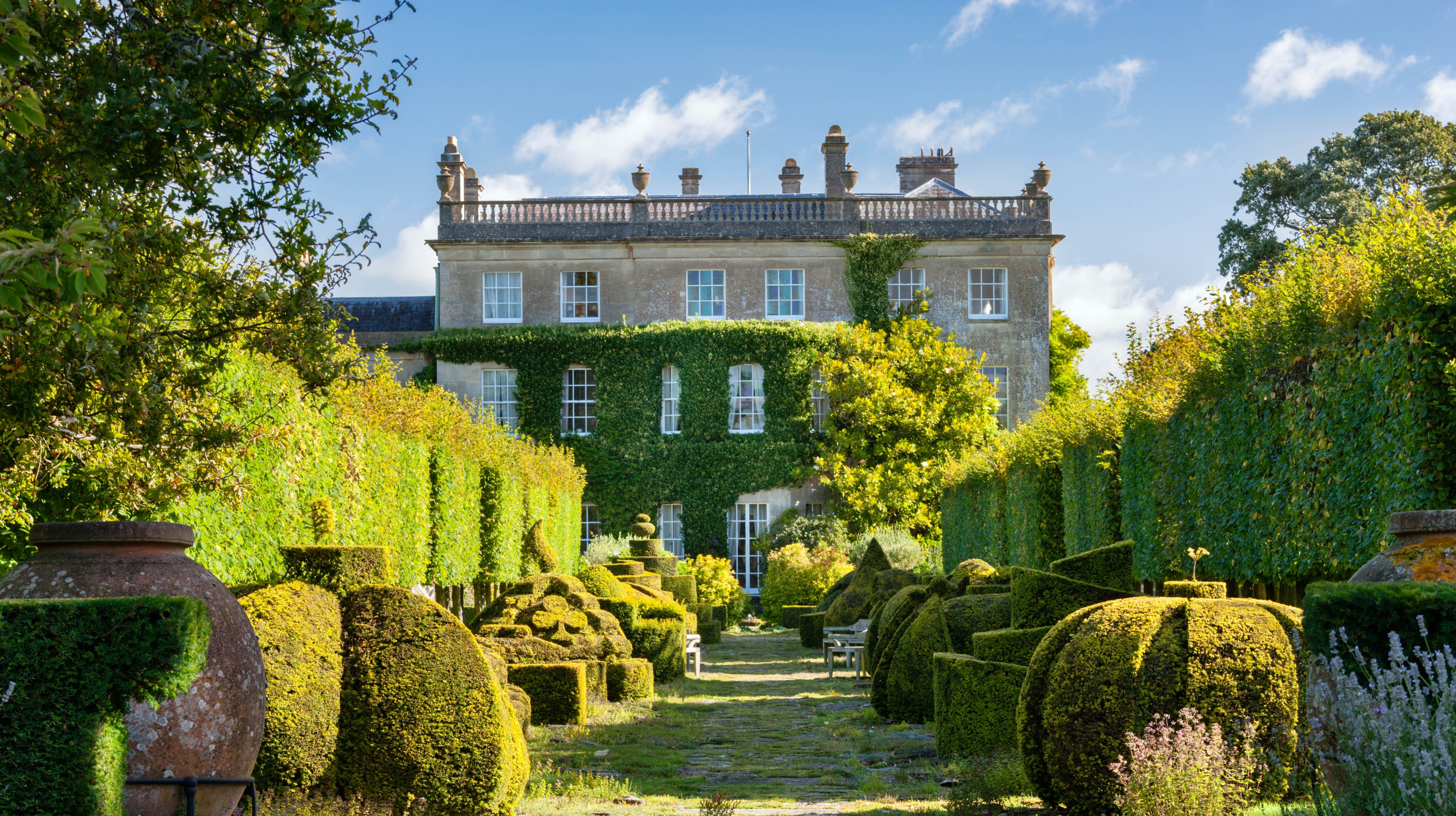
It may be early in the season but, in some respects, this is almost the most interesting time of year to visit HRH The Prince of Wales’s gardens at Highgrove in Gloucestershire.
Tickets are now on sale and those lucky enough to book will find that a walk in Spring reveals so many details that may be lost at other times of year. Underneath scented Daphne odorata and bholua one will see little bulbs carpeting the woodland floor.
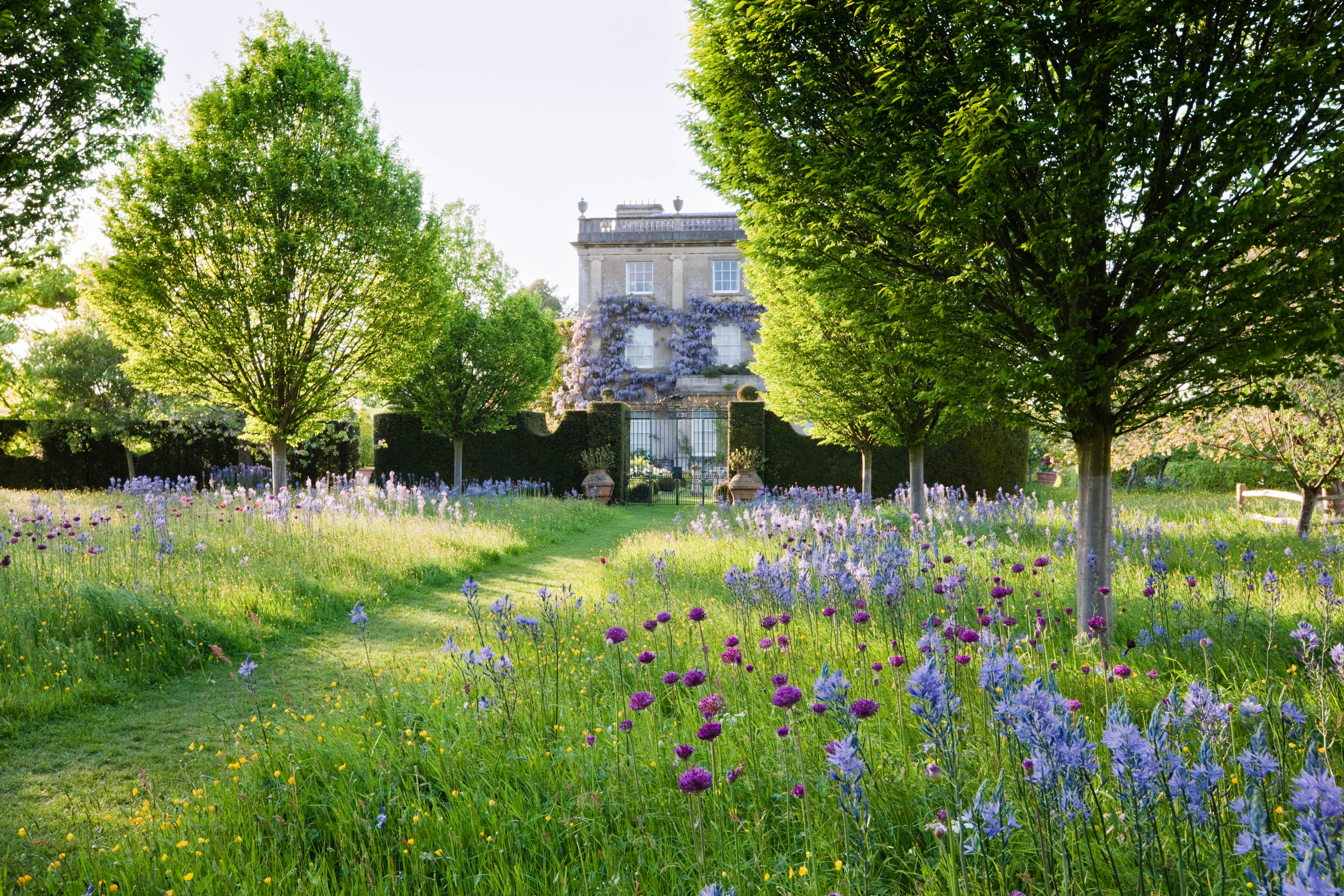
A Highgrove highlight is the Celtic Hedge in the Lower Orchard. Willow, ash and sycamore have been woven together by the sculptor David Nash into a typical Celtic knot design. When the stems are still bare the endless form of the twisted boughs are mesmerizing.
There are also many varieties of fruit tree in the Lower Orchard from which jams and pickles are made (more of which below).
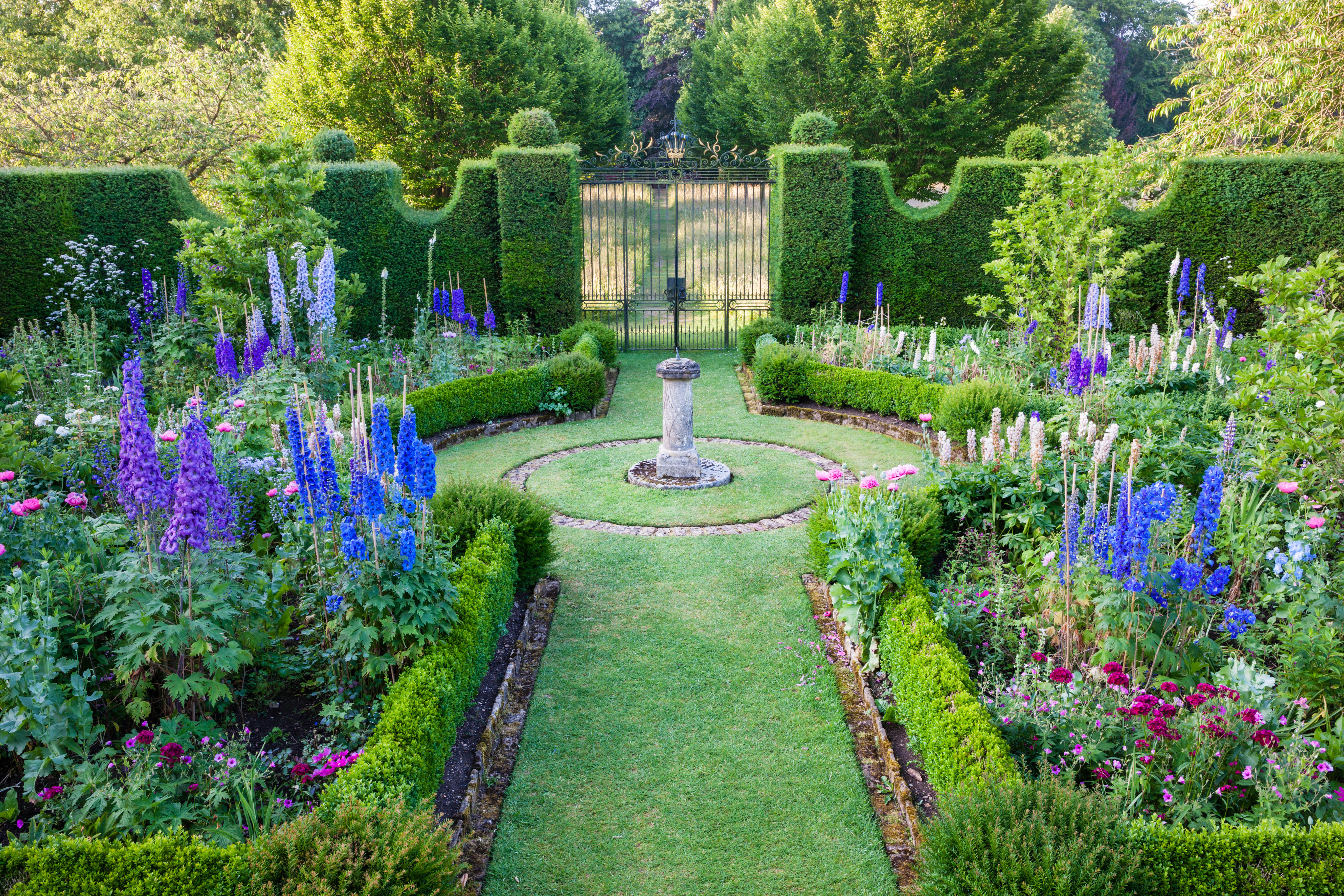
Highgrove is a personal garden and full of surprises — perhaps not at all the formal garden one might expect — and it’s endearing to come across many gifts that have been presented to The Prince. In a sheltered spot, along what was the old Bath to Oxford road, is a collection of hardy palms.
It also held, at one time, 60 tree ferns given to His Royal Highness by the Monarchist Society of Australia. However, the cold winters through 2010 and 2011 took their toll and many were, unfortunately, lost then. This wooded area, known as the Stumpery, has drawn its inspiration from the Victorian concept of growing ferns amongst upturned tree stumps and is simply enchanting.
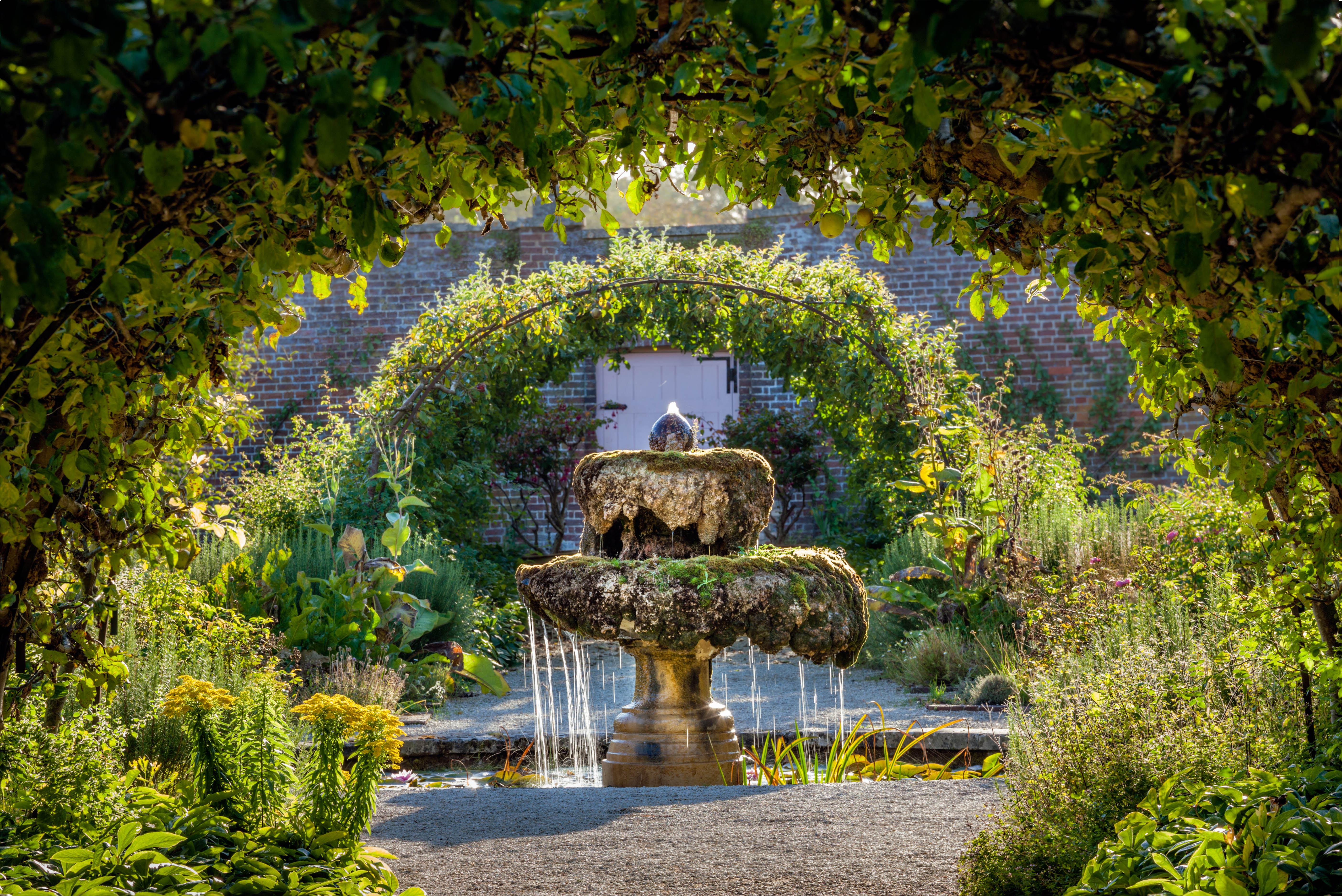
At the end of the Stumpery the Wall of Gifts can be found. The wall was the idea of garden designers Julian and Isabel Bannerman and this stone wall is studded with fragments of architectural detailing, quoins and carvings given to HRH by students from the Prince’s Foundation for Building Community. A statue of a heron which came from Zimbabwe, made from recycled car parts, sits proudly at the water feature.
Exquisite houses, the beauty of Nature, and how to get the most from your life, straight to your inbox.
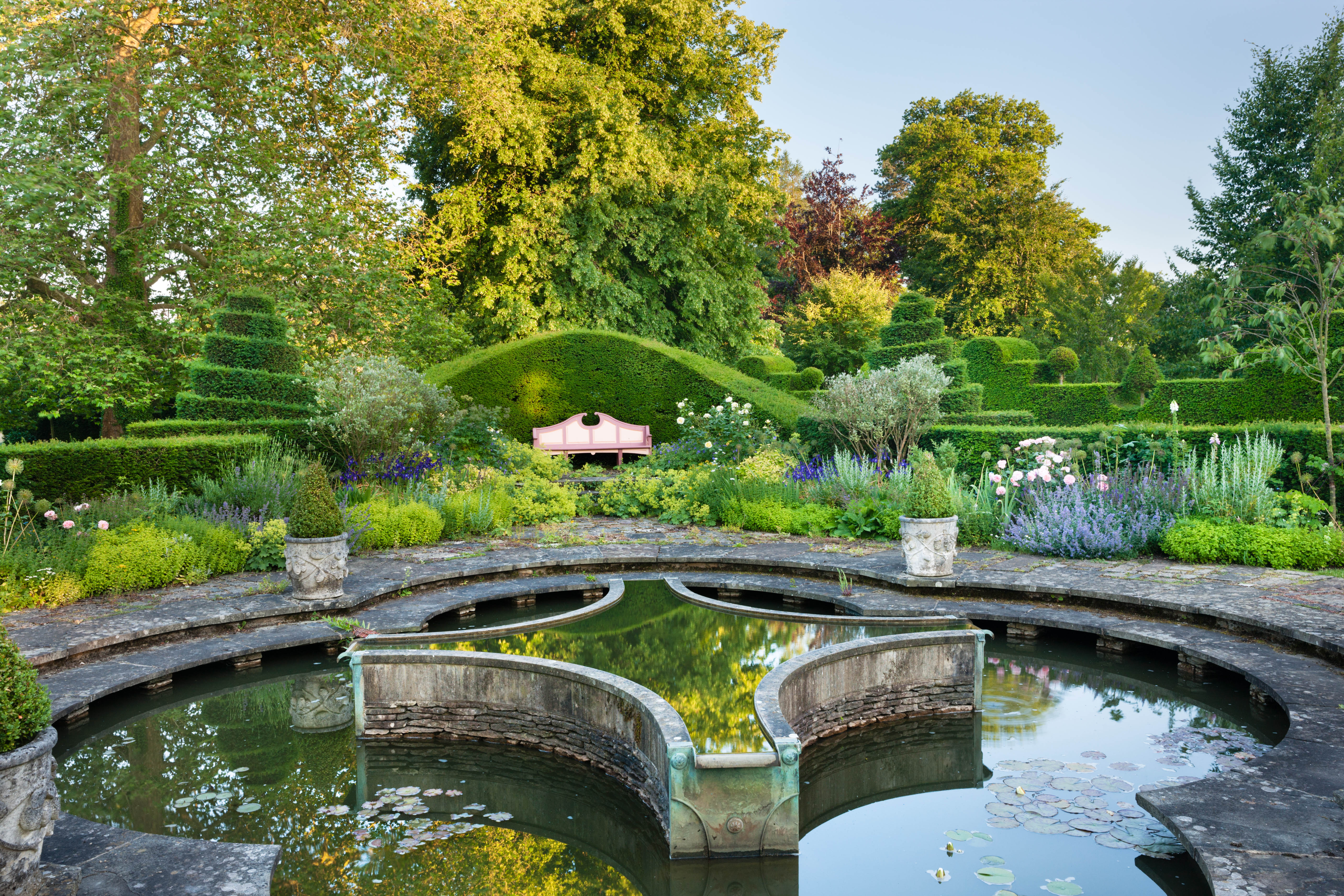
There’s also much to make you smile, from a topiary snail to a tree house, fondly named ‘Holyrood House’, built for Prince William and Prince Harry.
There are moments of stillness too. The Sanctuary, built in 1999 at the turn of the Millennium by Professor Keith Critchlow, is constructed from cob, a mixture of Highgrove clay and barley straw. This is a place of quiet contemplation and only used by HRH The Prince of Wales.
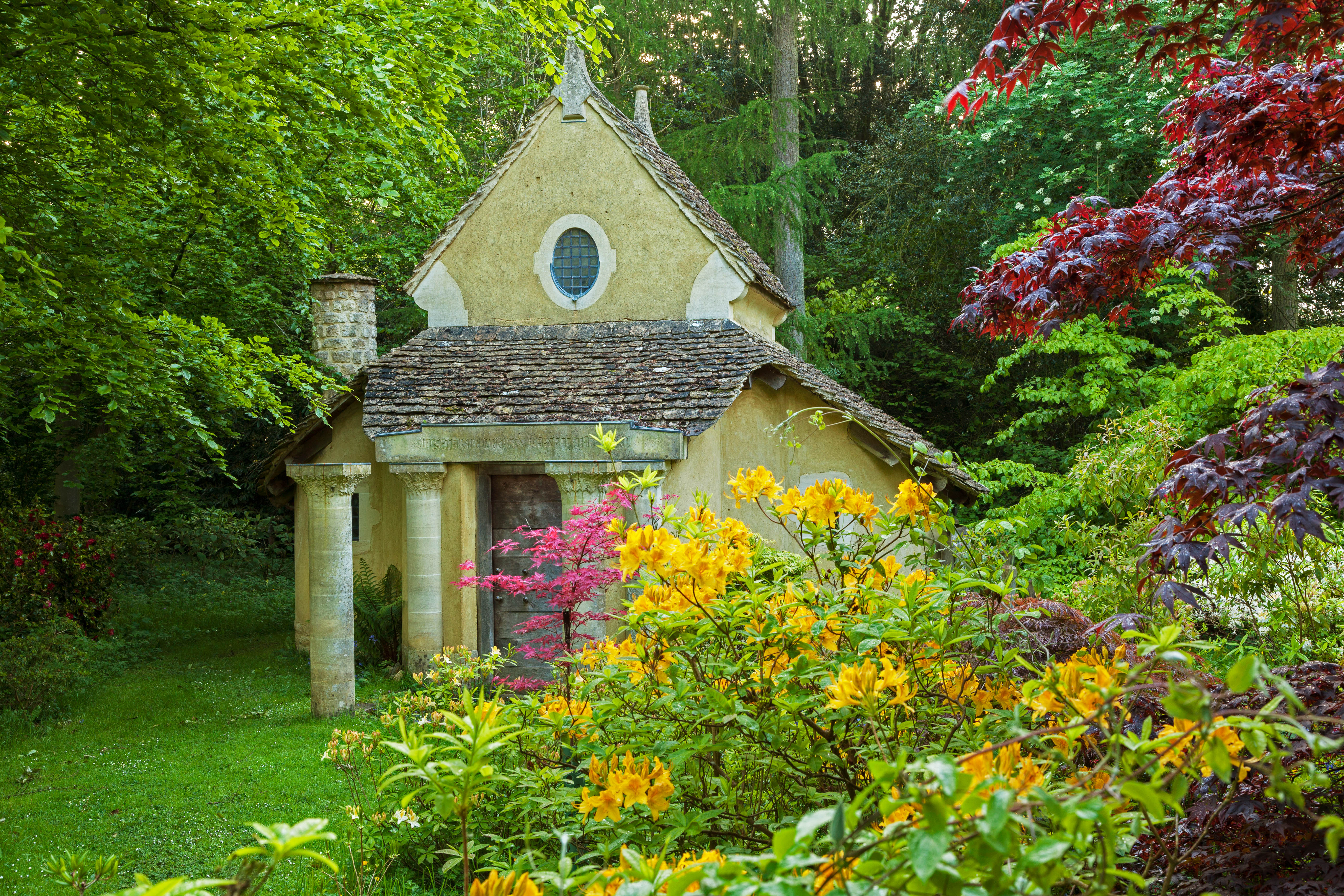
In a garden full of detail one of the finest features is the Thyme Walk leading from the front of the house. The walk gets its name from the thyme and other scented herbs that are planted either side and through the gaps in the paving.
The avenue of golden yews on either side is a feature of the original garden with each yew clipped into a different topiary shape. The story told by the guide is that The Prince gave them over to the gardeners to prune as they wished resulting in a splendid selection of diverse and unique shapes lining the route. Look out for a Christmas pudding, a crown and other eclectic shapes.
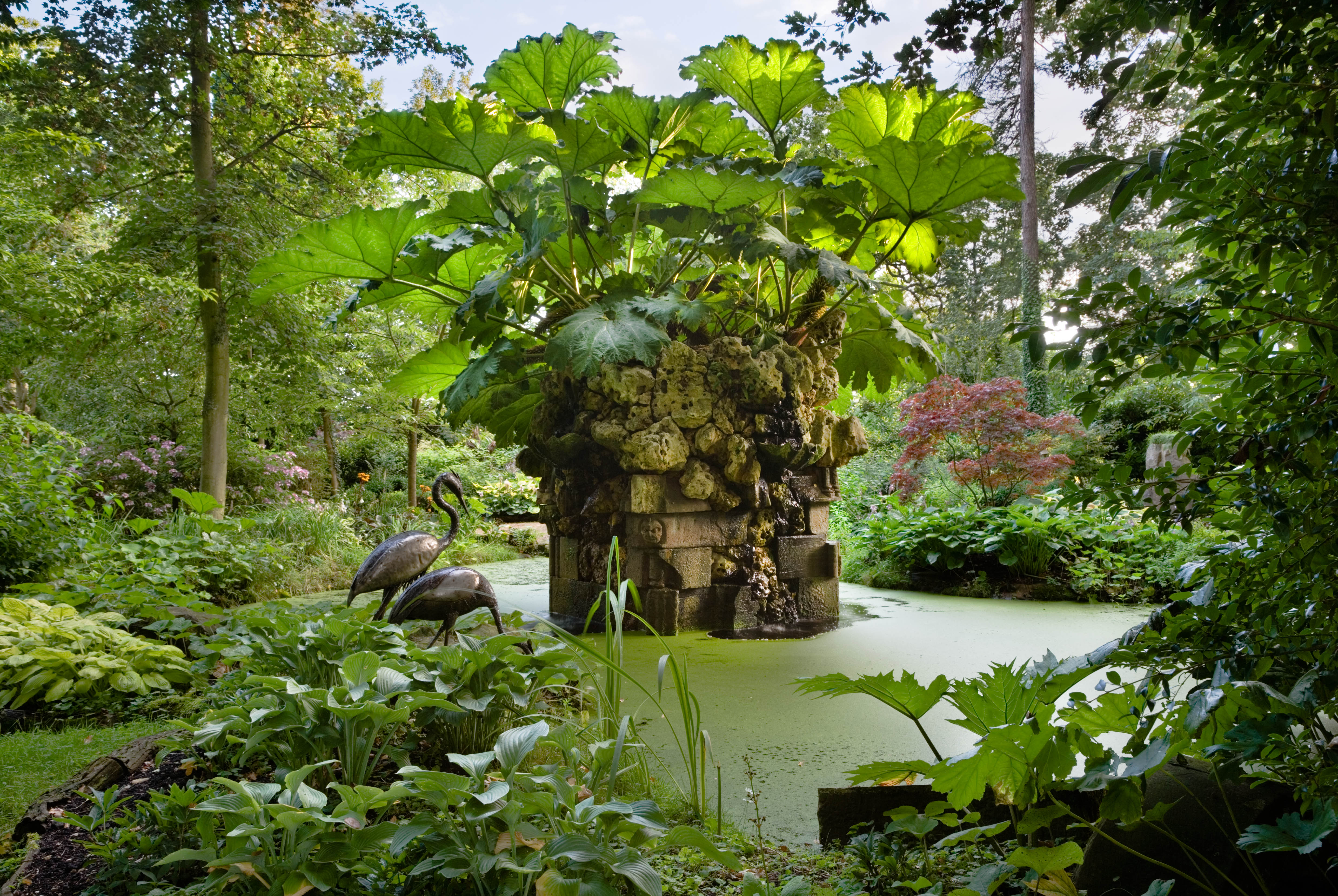
As the year progresses many more treats unfold, from the wonderful wildflower meadow — originally sown in 1982 from a mix by Miriam Rothschild she called her Gloucestershire Farmers’ Nightmare Mix — to the glorious ornamental and productive Kitchen Garden.
One thing remains unchanged no matter how many colourful flowers bloom from mid-spring onwards; the afternoon tea tastes just the same! And, quite honestly, this is a tea that is worth the journey. The sandwiches are made with the softest bread using eggs from the organic free-range hens that roam the Orchard at Highgrove. The scones are to die for, the jams and chutneys are homemade — and there is so much of it you may be forced, as I was, to pocket the chocolate brownie and take it home for later...
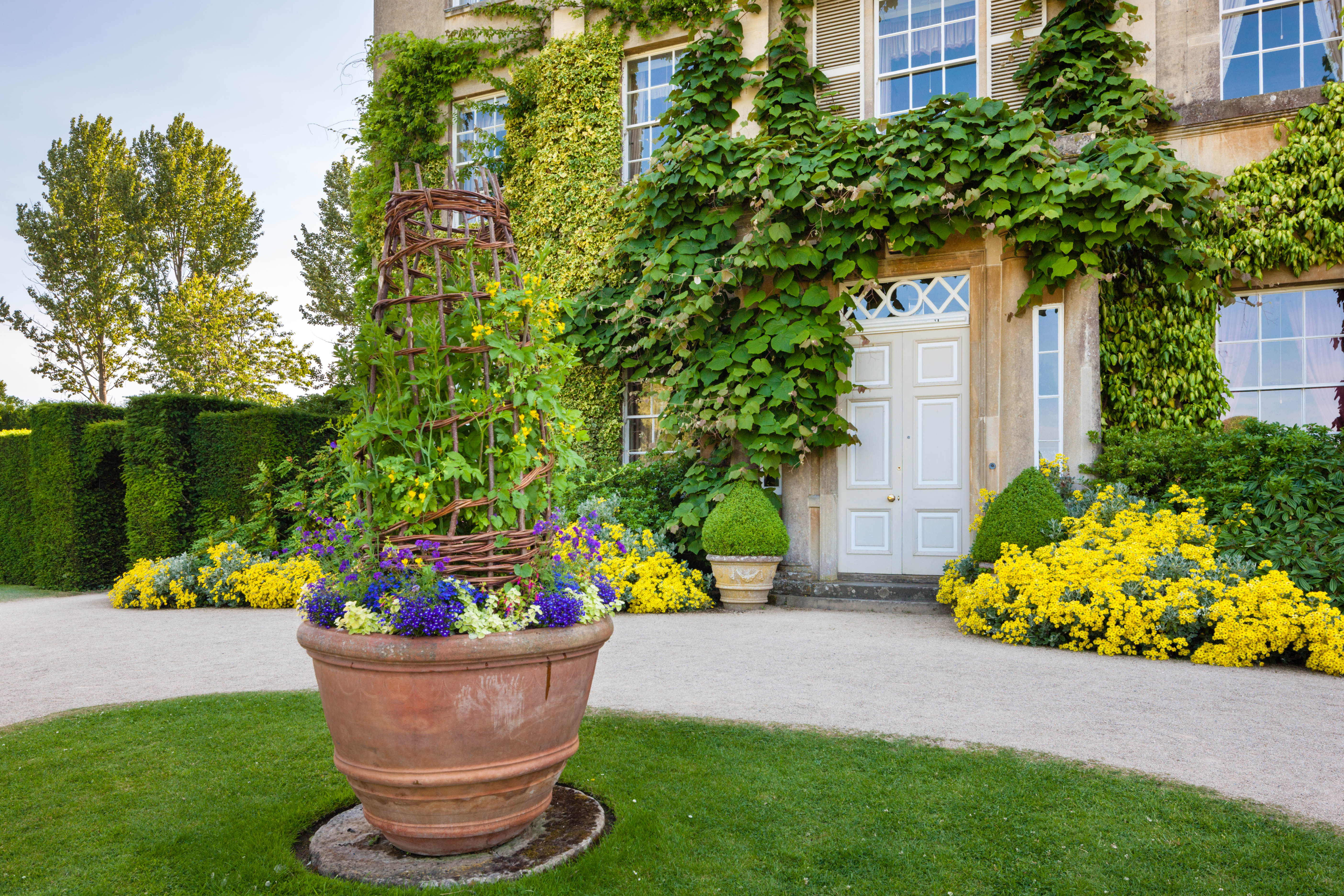
Tickets to visit Highgrove Gardens are on sale now and do book soon as they sell out quickly. It is worth keeping an eye out as new dates will be released as the year progresses. All the proceeds from ticket sales and profit from the shop (look out for the Transylvanian Hawthorn Honey) go to The Prince of Wales’s Charitable Fund. Recently donations have been made to local charities including Kids Stuff in Stroud; mobile cancer care units for Hope for Tomorrow in Tetbury; One 25, a drop-in support service in Bristol and Mentoring Plus in Bath which helps children. Tickets cost from £27.50 and you can book and find out more details by calling 0303 123 7310 or visit www.highgrovegardens.com.
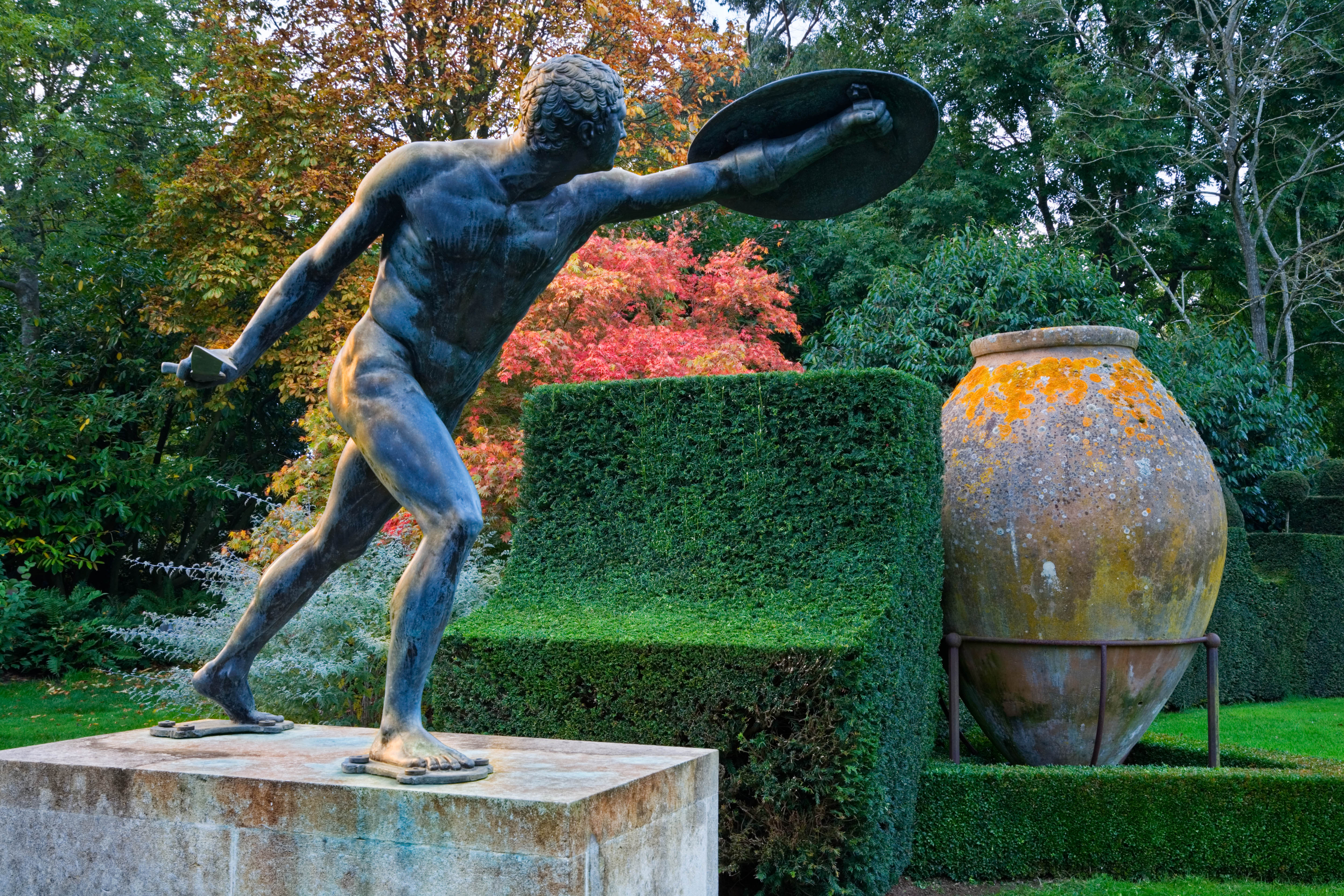
Previously the Editor of GardenLife, Tiffany has also written and ghostwritten several books. She launched The Telegraph gardening section and was editor of IntoGardens magazine. She has chaired talks and in conversations with leading garden designers. She gardens in a wind-swept frost pocket in Northamptonshire and is learning not to mind — too much — about sharing her plot with the resident rabbits and moles.
